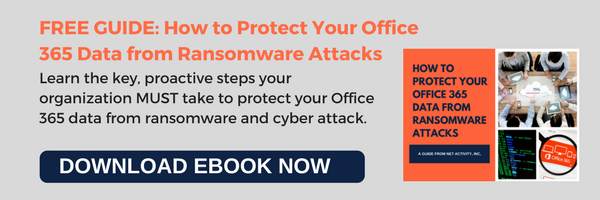The Benefits of Centralizing Your Data and Infrastructure
Technology helps businesses of all kinds keep their operations running soundly, but depending on the way that it’s managed, it could have detrimental effects on your company. For example, if you have all kinds of solutions hosted on specific servers or workstations, you’re keeping them from being accessed by devices that aren’t connected to that specific network. Wouldn’t it be better if everything was centralized so that all of it could be accessed at a glance?
You should work toward centralization of your company’s IT assets as swiftly as possible, as it can provide your organization with enhanced accessibility and flexibility. If your business’ assets are all located in the same place, you might be surprised at how many possibilities are opened up, including the ability to access data anytime, anywhere, on any device.
Most businesses think of centralization as hosting company assets in one location where they can be accessed at any given point. For a lot of companies, this means implementing cloud computing of some sort. This includes taking your assets and moving them into a virtual environment, where they can be accessed by anyone who needs them. Examples of cloud computing include the following:
- Constant accessibility: If you host applications in the cloud, you’re allowing for simplified access by approved individuals. This also means that you’ll be able to access these solutions on any connected device, providing on-the-go access for your busier employees.
- User-based access: Your employees have different roles and responsibilities, and with these come varying degrees of data security clearance. You need to limit access to specific data depending on the user’s role. This keeps your employees from accessing data that they’re not supposed to.
- Security: If all of your data is located in the same place, it becomes easier to protect. This security also needs to extend to any devices that have access to this data. If you can control security, your business can utilize centralized IT assets with minimal risk.
If your business wants to take full advantage of centralized IT, we recommend reaching out to Net Activity at 216-503-5150. We can consult you on any number of technology topics and help you maintain your infrastructure.









